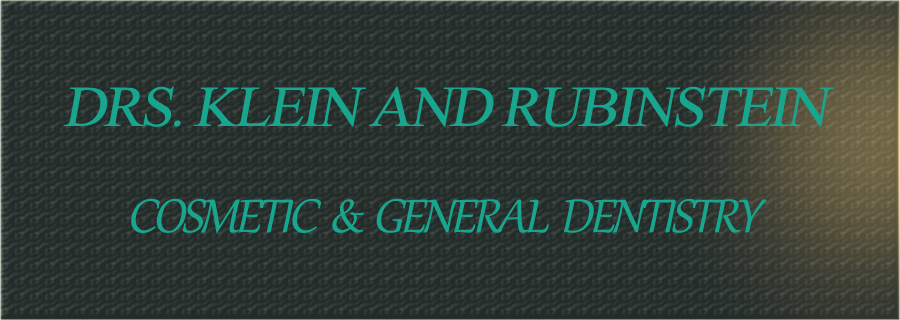


Root Canal Therapy - Brooklyn, NY.



If you have a tooth that has a diseased or infected nerve that is left untreated, you may very well end up losing that tooth. Today with a procedure known as root canal therapy, Drs. Klein and Rubinstein can save that tooth and once the tooth is properly restored with a crown it can last a lifetime.
Drs. Klein & Rubinstein use the latest techniques such as rotary instrumentation with nickel titanium instruments to ensure a complete removal of the diseased tissue for the best possible result. Root canal therapy is usually completed in one visit and Drs. Klein & Rubinstein do their best to make sure the procedure is accomplished with little or no discomfort. In the end, your tooth and smile are saved!
We proudly serve surrounding communities of Brooklyn Heights, Downtown Brooklyn, Park Slope, Prospect Heights, Dumbo, Carroll Gardens, Cobble Hill, Red Hook, Williamsburg, as well as the rest of Brooklyn, Downtown Manhattan, and Wall Street.
When is root canal treatment needed?
Every tooth has a dental pulp that lies within the tooth and extends from the crown of the tooth down to the tip of the root. The dental pulp contains blood vessels and nerves.
When a tooth has a deep cavity or is cracked, bacteria can enter into the pulp and cause an infection inside of the tooth. Symptoms of this occurring range from a dull ache to throbbing pain. Later on, as more and more bacteria enter the pulp, swelling or an abscess can develop under the root of the tooth. If left untreated, this process can lead to facial swelling and a potentially dangerous infection.
In order to save the tooth and remove the diseased or infected pulp, root canal treatment is performed.



These are the indications that your tooth may need a root canal therapy:
- it hurts when you bite down on it, touch it or push on it
- your tooth is sensitive to heat or cold
- your tooth has swelling around it
- your tooth is discolored
- your tooth is broken
Call us immediately if you have one of those symptoms in order to save your tooth before it is too late. At Drs. Klein and Rubinstein we are committed to preservation of you natural teeth and we do restoration work with the highest standards of quality.
When you arrive at our office, first we will examine the bone around the tooth with X-rays. If X-rays show a widening of the ligament that holds the tooth in place or a dark spot at the tip of the root, we will recommend a root canal therapy.
How is root canal therapy performed?
Root canal treatment is usually performed in one visit. It can take anywhere from half an hour to an hour and a half depending on how many canals the tooth has. Root canal treatment involves removing diseased pulp, cleaning the pulp chamber, and then filling and sealing the pulp chamber from further bacteria penetration.
Removing diseased pulp tissue and cleaning the pulp chamber is accomplished with root canal files that rotate and clean the pulp chamber. In addition, medications are put into the pulp chamber to kill any remaining bacteria. Once the pulp chamber is cleaned, a filling material called Gutta Percha (rubberlike material) is placed into the pulp chamber and sealed with cement. A temporary filling is placed in the tooth above the root canal filling.
Several weeks after root canal treatment tooth needs to be restored with a permanent filling. Because of an extensive decay, placement of a crown is highly recommended for protection and support.
How long will the restored tooth last?
Your restored tooth could last a lifetime, as long as you continue to care for your teeth and gums. It is advised that you return for regular checkups to help maintain the restored tooth as well as all of your teeth



